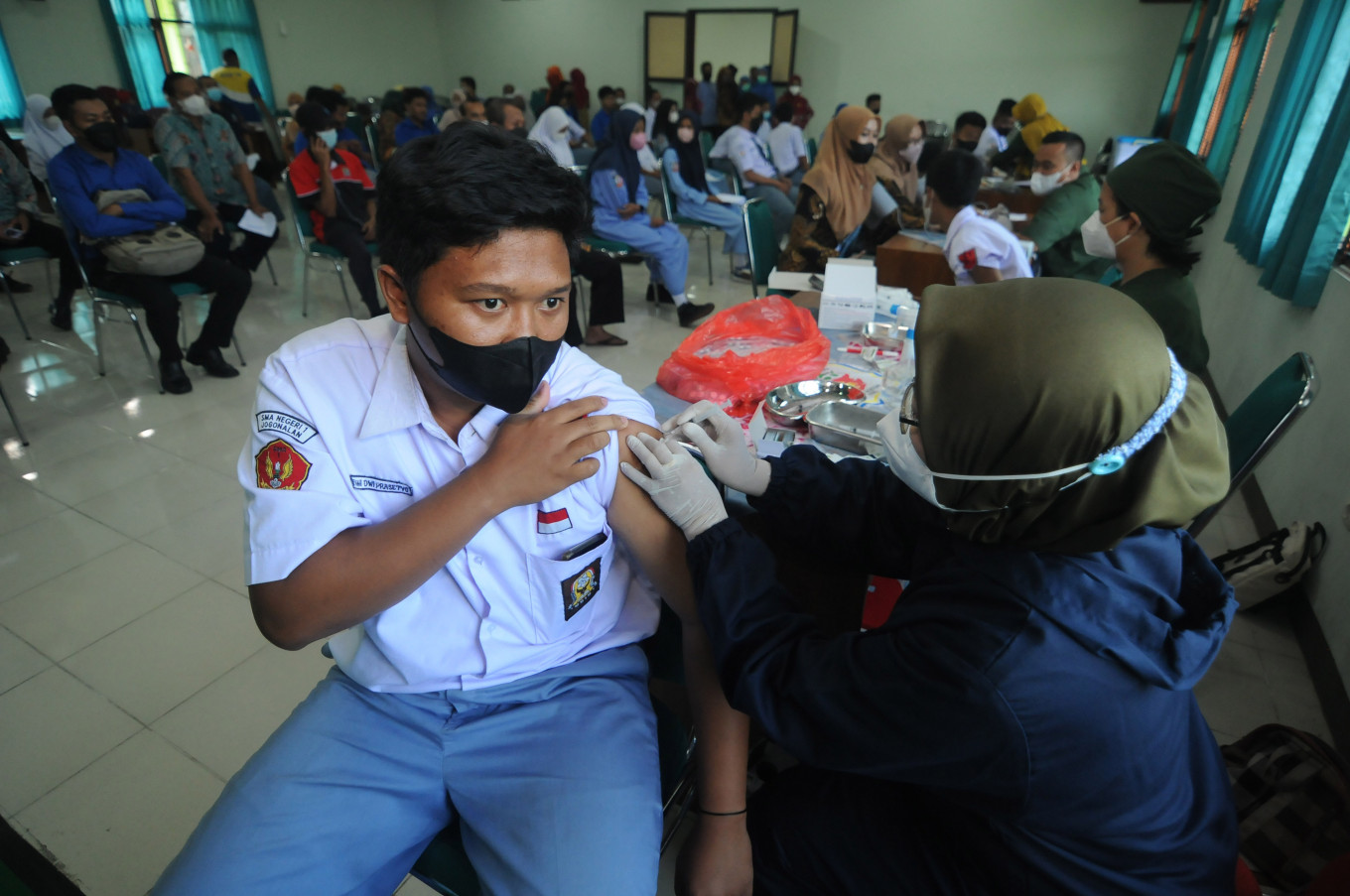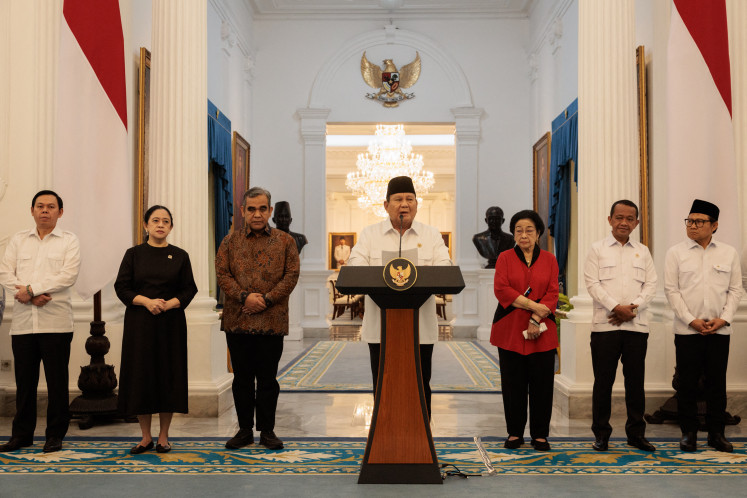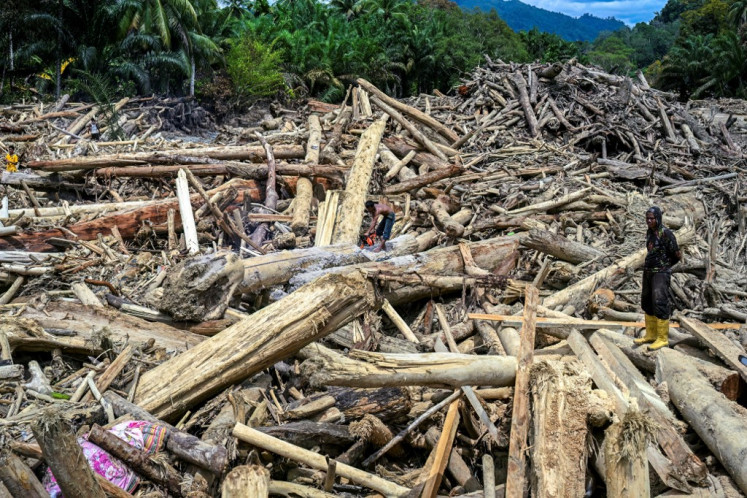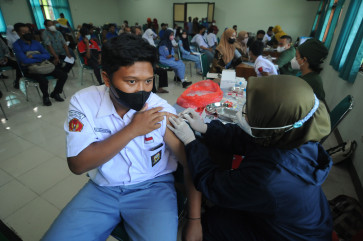Popular Reads
Top Results
Can't find what you're looking for?
View all search resultsPopular Reads
Top Results
Can't find what you're looking for?
View all search resultsThe arrival of a ‘final variant’ could mark the pandemic’s end
One of the most likely scenarios would be closer to the 1918 pandemic, with COVID-19 eventually becoming seasonal and milder.
Change text size
Gift Premium Articles
to Anyone
M
ore than two years on from the realization that we were dealing with a novel coronavirus, we are still wondering what comes next. We know that new variants are still likely to emerge.
While the vaccines used in Western countries remain highly effective in preventing severe illness due to COVID-19, recent data from Israel, the United Kingdom and the United States have raised new questions about the ability of these vaccines to prevent infection from new variants. Serial blood tests suggest that immunity wanes relatively quickly.
These findings have raised a persistent and very difficult question about when the pandemic will end. Looking back at some of our previous pandemics can give us an insight into how COVID-19 could come to an end, both in epidemiological and social terms.
There are two big unknowns in determining how soon the pandemic will end and what it might look like. How durable will our community be against severe disease but also against infection? And, how fast does the virus evolve, in particular with respect to overcoming our immune defenses?
To answer these questions, we need to look at the lessons the pandemic has taught us so far. Looking back, 2021 appears to have been the year of the variant. The Alpha variant rapidly displaced the initial strain of the virus: It was more than 50 percent transmissible and more likely to cause severe disease and death. The Beta and Gamma variants also displayed a degree of immune escape. These variants were succeeded by the Delta variant, 50 percent more transmissible than the Alpha variant and more severe, bringing another wave of disease and devastation.
Toward the end of 2021, we were hit by another variant, Omicron, which brought its own unique challenges in viral evolution. Omicron is highly evasive of the immunity that vaccination and prior infection confer, and thereby can breach our immune defenses. Omicron is capable of reinfecting individuals who have previously been exposed to other variants. This leap of adaptation has never previously been observed in real time.
If 2021 was the year of the variant, 2022 so far appears to be the year of reinfection. We don’t know how severe reinfections will be going forward. As immunity wanes and the virus keeps evolving, will the gap in severity between secondary and primary infections be eroded, increasing mortality levels? We also don’t know to what extent secondary infections reduce morbidity risks, such as long COVID.



















